This is an excerpt from The Food of Love Please feel free to share the images and the post but don’t forget to credit www.cartoonkate.co.uk.
First, some advice from the ‘experts’.
‘By two weeks, your baby… should manage to last three to four hours between feeds.’
The New Little Contented Baby Book
‘The infant should be put to the breast at regular intervals of about four hours.’
Chambers Encyclopedia, Vol 10, 1880
‘A baby that is latched on correctly will rarely need to spend more than an hour feeding.’
What to Expect When You’re Breastfeeding – And What if You Can’t?
‘If he were suckled at stated periods he would only look for it at those times, and be satisfied.’
Advice to a Wife and Mother, 1872.
Your baby is very unlikely to have read any of these books.
Feed your baby when he’s hungry, and feed him until he’s had enough.
Some people call that ‘feeding on demand’. What a daft phrase. She’s not being demanding. She’s not trying to ‘manipulate’ you, or to ‘get you to react’. She’s tiny, she’s vulnerable and she has a stomach the size of a golf ball. She’s hungry. Feed her. What if she just wants comfort? So, comfort her! If she wants the breast, that’s fine. If your baby isn’t allowed some comfort in the first few months of his life, then when is she ever going to get some?
Feeding hunger is the best way to establish successful breastfeeding.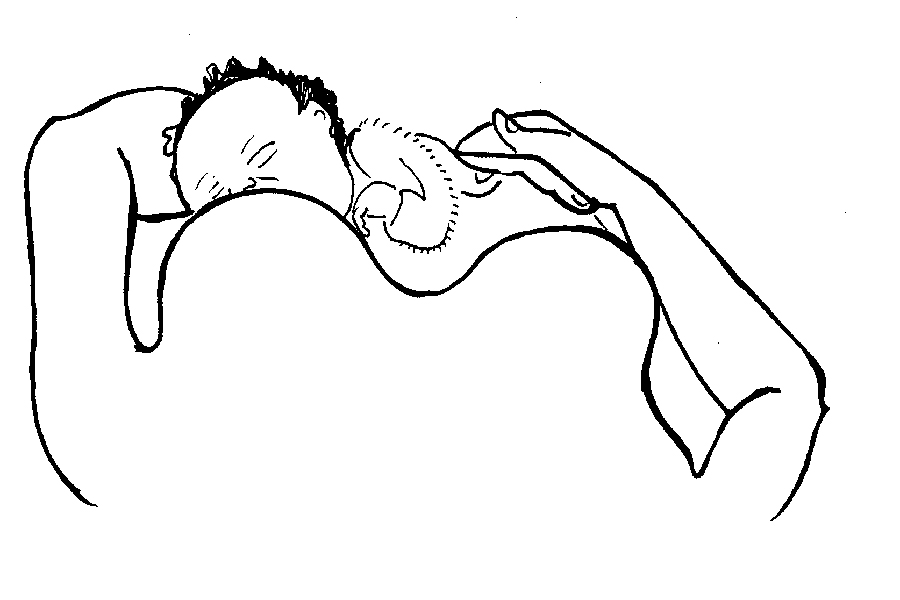
Your breasts work on a supply and demand basis. However much the baby suckles at one feed, that’s how much they ‘expect’ to make the next time round. Your breasts have to keep up with the needs of a growing infant. You are the sole life support system for a tiny, voracious person who is going to double her weight in a matter of months. That’s why when she’s hungry, you feed her.
I found this one pretty simple. My baby settled into a pattern of wake up, feed, play, feed, sleep. I spent an incredible amount of time breastfeeding, which was fine because I’m basically quite lazy. The baby got fat.
Breastfeeding is a natural way for a baby to go to sleep.
After all, your milk has delta-sleep-inducing-peptide in it. Sure, feeding my baby to sleep each time meant that she expected to go to sleep feeding a lot. That didn’t really bother me. I figured I was her mum, and I wasn’t going anywhere.
It’s not that straightforward for everyone.
Some babies get pretty crabby, the mother wonders what on earth she’s doing wrong, and may well feel subtly blamed by hippy earth mothers like me who float around saying ‘Oh, it’s easy – you just feed the baby lots’.
Sometimes there is a medical cause for excessive crying, so get your baby seen by a doctor. An internet search for ‘colic’ or ‘reflux’ may help make sense of your baby’s symptoms. If she is suffering from colic, then cutting out dairy products from your diet may help (see page 81). Reflux is helped by frequent breastfeeds, and by being carried upright in a sling. Difficult babies, particularly if they have been through a difficult birth, often benefit from seeing a craniosacral therapist or chiropractor.
Cranky babies are often overstimulated and overtired, and might benefit from quiet times where you have to help them to sleep. Tracy Hogg, (who I disagree with on a lot of issues) advises in her book The Baby Whisperer that you institute a pattern of wake up, feed, play, sleep. It works for some babies, who will fall asleep calmly once you recognise their tired signs (yawning, turning away from toys) as long as you intervene before they become overtired.
But hang on, Tracy Hogg is a nursery nurse: she’s very good at getting babies to sleep without breastfeeding, because that’s her job. Sure, some babies don’t need to be breastfed to sleep, and you can experiment with different sleep strategies to find the one that works for your child. But if your baby is crying and you know that the breast will calm her, bear in mind that maybe she’s right, and the books are wrong.
Give yourself time and space to learn your baby.
If she’s crying, she’s either hungry, or tired, or overtired, or freaked out, or in pain, or has wind. She’ll have different cries for different scenarios, except for hunger and wind which, confusingly, can sound exactly the same. An older baby will add an ‘I’m bored, play with me’ cry to the repertoire. Newborn babies don’t do this.
Basically, the baby indicates ‘jump’ and you respond with ‘how high?’. That’s a psychologically healthy and appropriate relationship between a small baby and his carer. Exactly what you need to do when he says ‘jump’ is a voyage of discovery, although in my experience, it generally involved unhooking my bra.
Breastmilk helps with more than just hunger.
It eases pain, dilutes reflux, quenches thirst, fights infections, aids sleep and calms jangled nerves. If it’s not working for your baby, then try something else, but if it is then don’t knock it.
Part of your job involves responding to your baby’s needs, the other part involves anticipating her needs. It can take weeks for you to both start to click in together. Sometimes she will be freaked out because you will be freaked out because it’s all too much. There will always be days when things don’t go right between you, although they’ll hopefully be balanced by days where they do.
There is no such thing as a perfect mother.
Chuck out the clock
You’re doing a vital job when you spend all day just hanging out, trancing out with your baby. Psychologist Naomi Stadlen has written a brilliant book What Mothers Do, in which she lists all the things that mothers do with their babies that we don’t even have words for. So many mothers think that they ‘haven’t got anything done’ with their day, when they have, they’ve put their time in to make a whole new happy person.
I can’t tell you how often to feed your baby because I don’t know how hungry your baby will be.
But I do know that sitting there watching the clock is going to make breastfeeding a more frustrating experience. Babies don’t do very much when they feed. They pause, they flutter, they pause a while more. You can’t really hurry them up – you have to slow down to match. Sure, if you want to, you can note what time of day your baby likes to feed. If you are an organised person who likes some structure to the day then you can draw up all kinds of charts and tables showing when your baby likes to do what. Or you can drift along, taking each day as it comes. Either approach is fine.
What isn’t OK is making a hungry baby wait to feed until some book says that a suitable time has elapsed. Remember, your baby hasn’t read those books. Did you think that your baby was only going to be hungry every four hours? I wonder where that idea came from?
There has been a lot of absolute rubbish written about childcare over the last 200 years, most of it by men, and very little of it by mothers.
The nineteenth and twentieth centuries saw great advances in medical science; amazing leaps in our understanding of such things as germs, disease transmission, anaesthesia and surgery. Unfortunately, this was accompanied by the medicalisation of babycare, which removed and distanced women from their babies.
The idea, the doctors thought, was simple. A baby is a blank slate, in effect a little machine. If you programme it to feed every four hours, it will. If you ‘give in’ and allow it to ‘dictate’ its unreasonable demands, then you have made a rod for your own back, and you’ll be running after it day and night. Be firm, and teach that baby to be more reasonable. Stop that mollycoddling, and instill it with independence from an early age. This school of thought is still prevalent in popular attitudes to childcare today, and it’s based on a fundamental misunderstanding of human psychology.
A baby’s needs are entirely unreasonable.
She has no sense of time. She doesn’t know that in another twenty minutes, her food will be coming. All she has is HUNGRY and NOW. If you don’t pick up on her hungry face, and little hungry noises, then she has to do hungry CRYING, and that’s all she can do to get food.
The doctors noted that when they prevented the mother from answering those cries, the baby eventually stopped bothering to make them. So their theory worked. When a mother only suckled an infant at stated periods she did learn not to cry when he was hungry. And she learned a very harsh lesson about life for one so young – that you can’t expect your basic needs to be met. Maybe the child somehow managed to be satisfied even when she was hungry. Or maybe, she was just deeply depressed.
You can’t teach your baby to be reasonable. Reason is something she will learn much later, well after she has grasped such concepts as cause and effect.
You also can’t teach your baby to be independent. Your child, as she grows older, will naturally become independent, all on her own, as she branches out and does new things, because she is happy, and contented and secure in your love. You can’t force independence, she has to choose it.
Here’s an analogy. If you want to, you can choose solitude. You can sit in your bedroom and meditate for a week if that’s what floats your boat. However, if someone were to force solitude upon you, say, by installing a lock on the outside of your bedroom door, then that would no longer be solitude – it would be imprisonment.
It’s just the same with child development; forced independence isn’t independence, it’s abandonment. And when you’re tiny and helpless, and your parents are your only means of surviving in this world, abandonment is very scary indeed.
At the same time as strict, four-hourly feeding schedules started to be advocated, bottle-feeding became more popular. I wonder why? So it takes twenty minutes for a baby to digest breastmilk, but how long does it take for her to digest formula milk again? Oh yes, that’s right. Four hours. What a good baby, not crying between meals.
Four hours is the maximum that a newborn baby should go without a feed, measured from the beginning of one feed to the next.
And when a breastfeeding mother makes herself wait between feeds, her breasts get full, they get the message that they’re overproducing, so they scale down milk production. Although women and babies have survived breastfeeding regimes which space and limit feeds, optimum breastfeeding occurs when she stays in closer contact with her baby’s dietary requirements.
One modern version of the old-school strict baby routine attempts to address the problem of diminishing supply by getting mothers to express milk as well as breastfeeding.
Routine for a breast-feeding baby at one week:
7am
– Baby should be awake, nappy changed and feeding no later than 7am.
– He needs 25-35 minutes on the full breast, then offer 10-15 minutes on the second breast after you have expressed 60-90ml.
– Do not feed after 8am, as it will put baby off his next feed. The New Contented Little Baby Book
You could do this. If you wanted to, you could rise at the crack of dawn and sterilise a bottle, assemble a breast pump while your child is crying, try to calm him on schedule, feed him a little (but not enough to get much high-calorie hindmilk) and then put him down to scream while you attempt to express milk from your breast. Or you could stay in bed and feed your baby.
Books that tell you when to do what to your baby are very popular.
Partly this is because many women in modern society have no experience whatsoever of babies, before suddenly being handed their own. It is reassuring to find that you can buy an instruction manual that tells you something more specific than ‘hey, man, just go with whatever your baby says he needs’ (basically, my position).
But really, it’s because women today are doing an impossible job…
…How Often Should You Feed Your Baby (Part Two)
Food of Love, The: Your Formula for Successful BreastfeedingHi
£16.00
A topical, refreshingly different approach to breastfeeding successfully. Features honest discussions about childcare and lots of fantastically funny illustrations.
Kate Evans’ brilliant cartoons offer hope and inspiration. And they’re funny, too. The Independent
My Shopping CartDescription
A topical, refreshingly different approach to breastfeeding successfully. Features honest discussions about childcare and lots of fantastically funny illustrations.
- Paperback: 208 pages
- Publisher: MYRIAD EDITIONS; 2nd edition (6 Nov. 2008)
- Language: English
- ISBN-10: 0954930959
- ISBN-13: 978-0954930950
- Product Dimensions: 21 x 1.6 x 21 cm
Kate Evans’ brilliant cartoons offer hope and inspiration. And they’re funny, too. The Independent
‘I love your book! Very well-written and researched and great drawings too.’ — SUE GERHARDT, author of Why Love Matters: How Affection Shapes a Baby’s Brain
‘Vibrant, exciting, funny – there’s really nothing else like it. It’s so honest and based on up-to-date research.’ — SHEILA KITZINGER
This book is meant as a funny, handy guide to help new mothers enjoy their baby and is a valuable addition to the existing literature on the emotive subject of breastfeeding. The book is easy to read and… includes numerous pictures to look at if you are feeling too tired or brain-dead to read. It is a fun way to present the advantages of breastfeeding, yet Kate Evans has also included the latest facts and research surrounding breastfeeding… The Food of Love will meet the needs of many new mums and is likely to be of use to breastfeeding counsellors, antenatal teachers, midwives and health professionals. — New Digest NCT Newsletter
£16 with free postage within the UK – add £5 for postage to outside the UK.
I sign all the books I send out. It’s nice to add a personal dedication though, so please let me know what name to write using the form below:

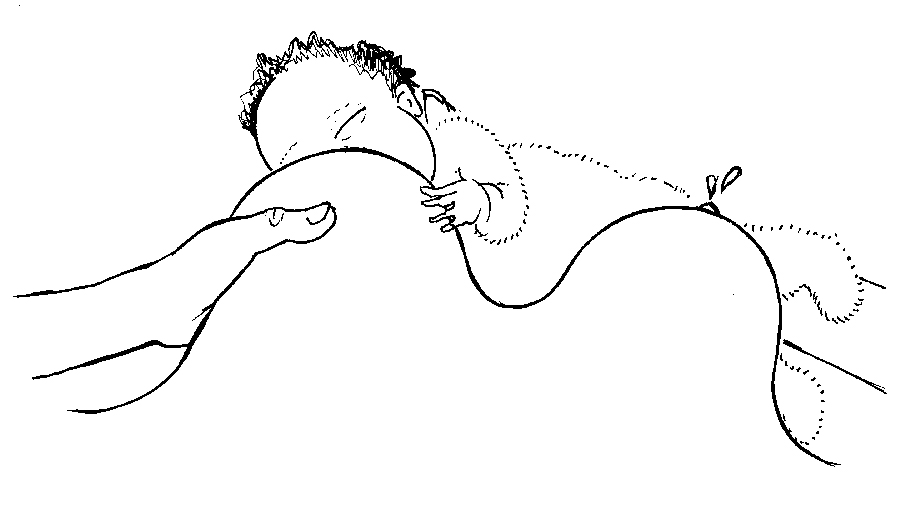
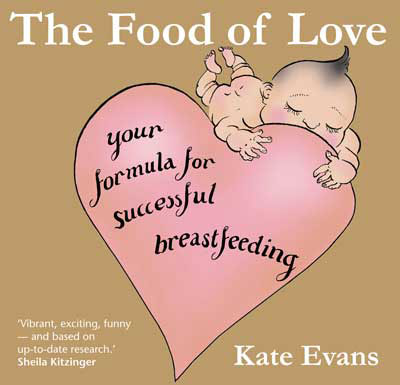
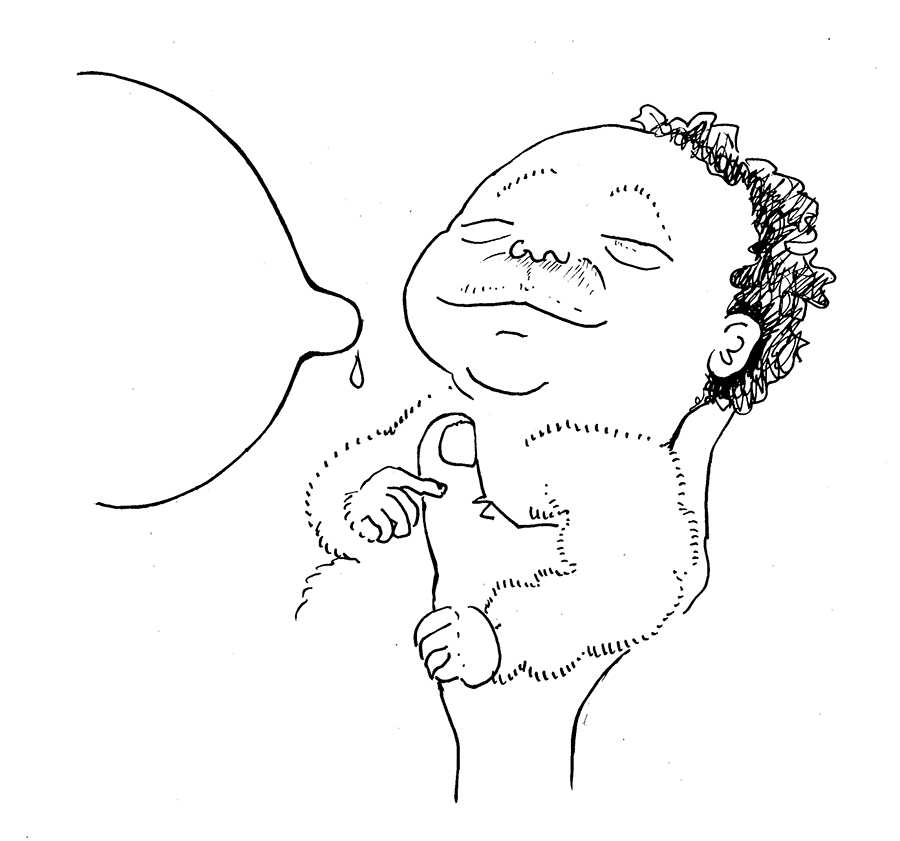
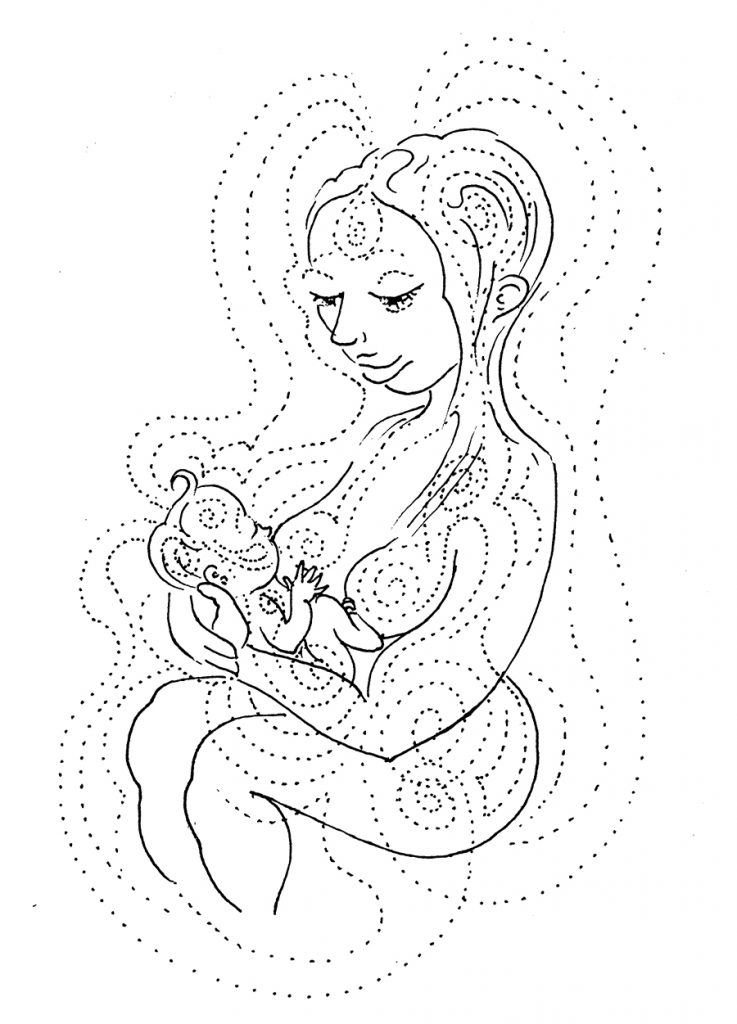

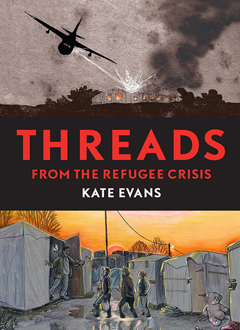

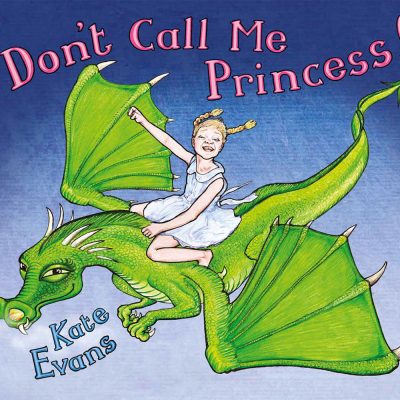

holly Padfield-Paine (verified owner) –
Catherine (verified owner) –
Kate, your books rock! Not only that, but my order arrived very quickly too 🙂
Cartoon Kate –
This surprises me, as I am very slack at posting them!
Isla (verified owner) –
Very happy, such a great book and arrived quickly.
Marian (verified owner) –
My absolute favourite of all books on being a new parent and having a new baby. So much useful information and such a sane approach